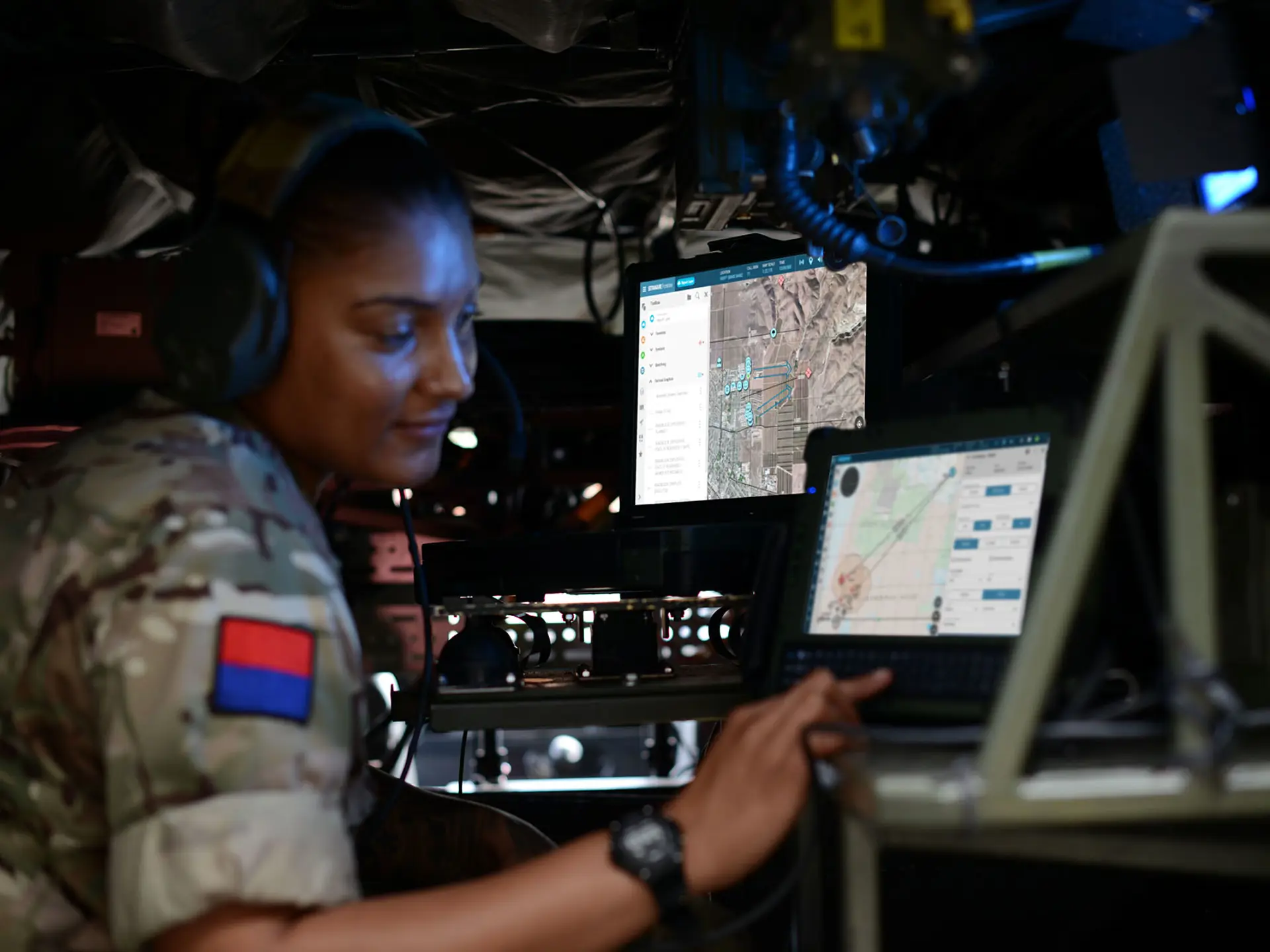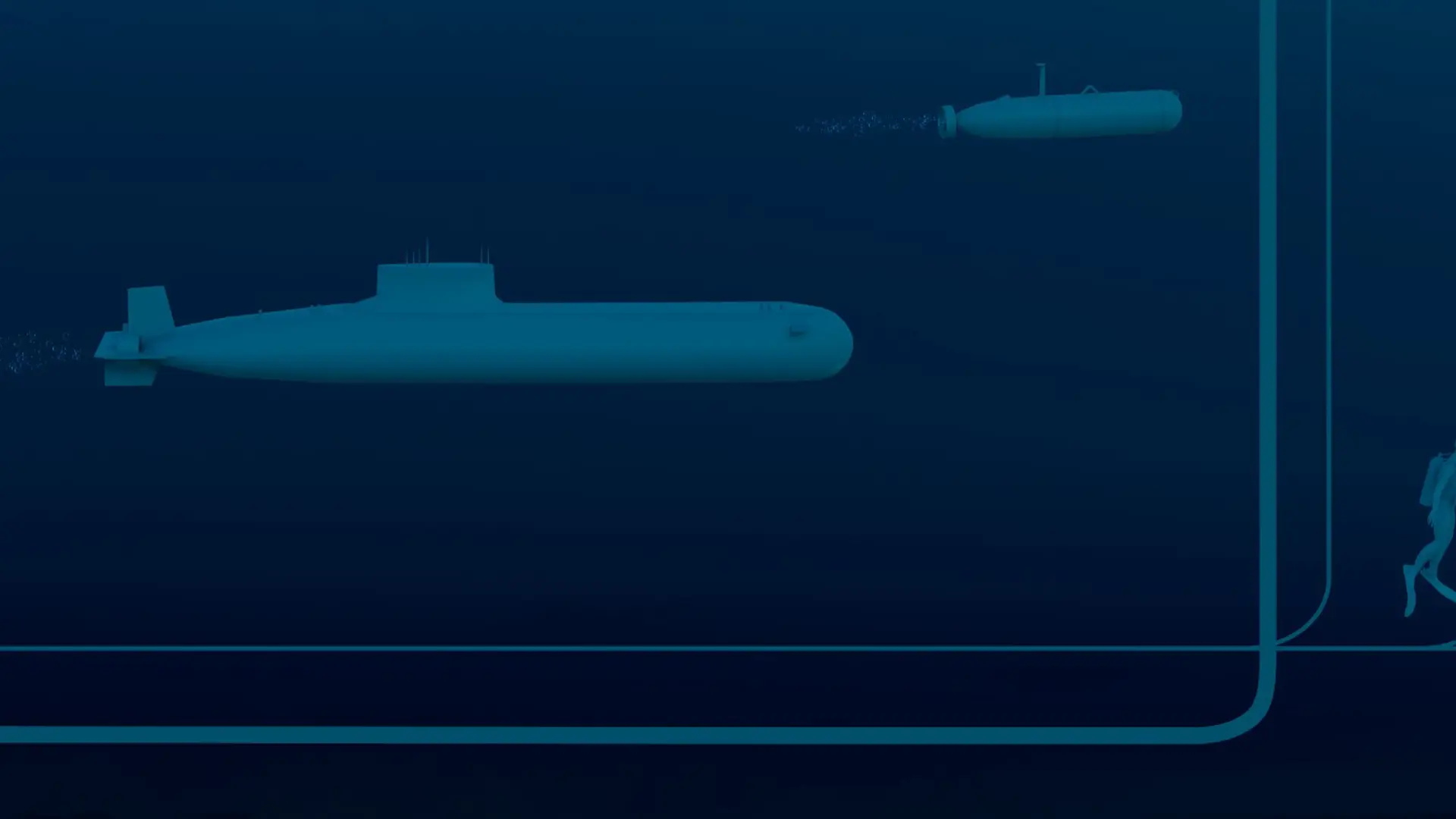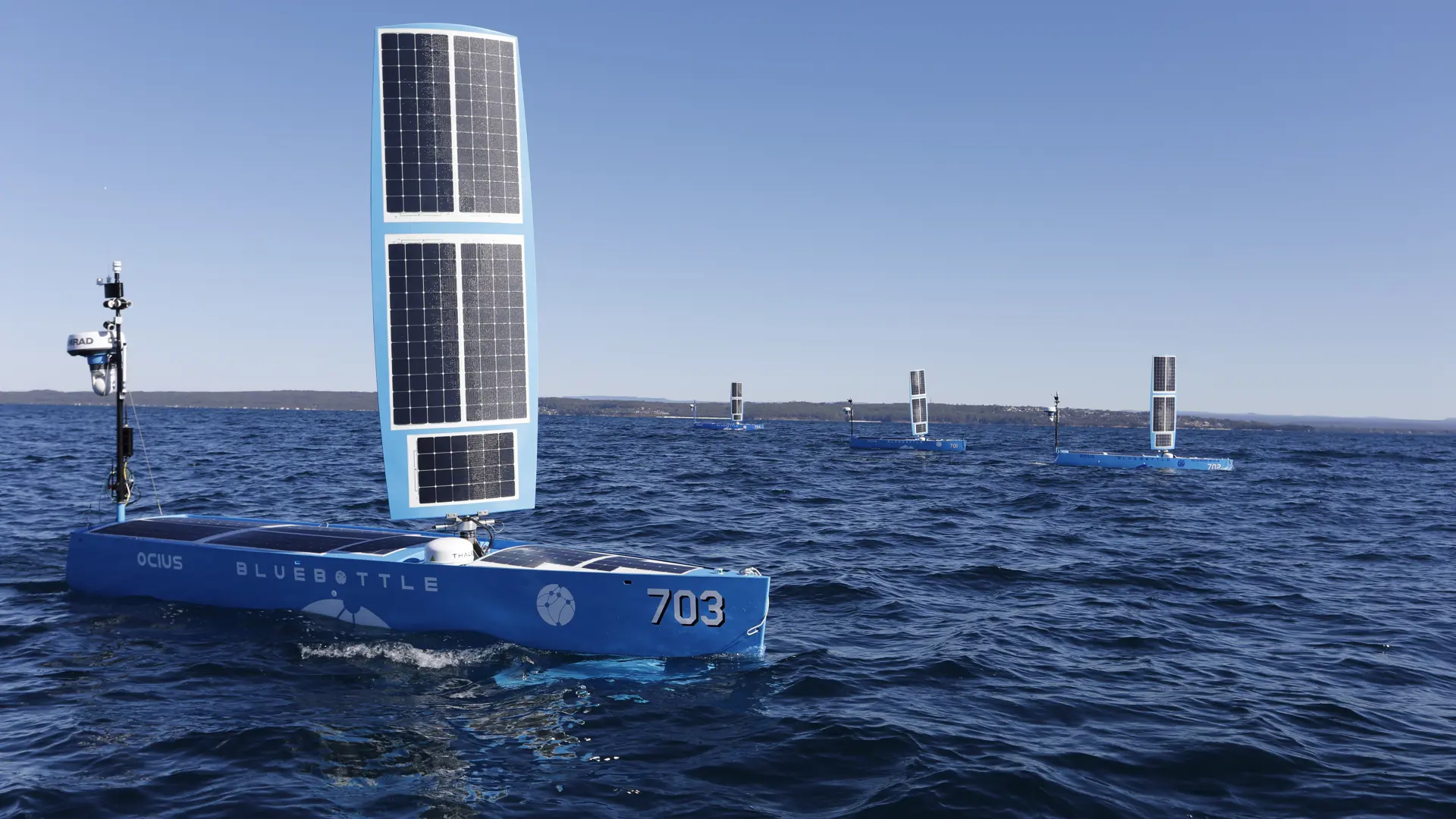UK SDR: The digital, data-first approach to achieving the integration of the UK's armed forces
The 2025 Strategic Defence Review (SDR) is the most consequential recalibration of UK defence policy in decades. It signals a shift from legacy deterrence to active warfighting readiness, against a backdrop of renewed great-power competition, constant digital threat, and lessons from conflicts on Europe’s doorstep. At its heart is a demand for integration - not as a buzzword, but as a necessary condition for survival and success, writes Systematic Defence's Group Senior Vice President, Business Development, Andrew Graham.
The modern battlefield is defined less by geography and more by information, tempo, and the ability to act as one, across domains. To achieve that, the SDR rightly prioritises data, interoperability, and a whole-of-nation approach to security. The implications are significant—not just for platforms and procurement, but for the very way our armed forces think, decide, and act.

I have worked in command and control and battle management systems for 30 years and for me, this SDR marks a significant change in tempo, language and ambition – and I welcome the government’s assurance that they will engage a wider set of suppliers. For me, the top themes that resonate most strongly with those of us in the defence technology sector are the following:
1. From defence to warfighting: The integration imperative
The SDR's emphasis on warfighting readiness is not rhetoric—it’s a structural pivot. The concept of a “10x more lethal British Army,” combined with investment in autonomous systems, cyber resilience, and long-range strike, demands a level of coherence and responsiveness that cannot be delivered by fragmented force structures.
Integration now means more than jointness. It means command systems must connect the services, partners, and coalitions into one unified network—where data is shared in real time, decisions are synchronised, and effects are applied with precision. This requires a rethinking of how we approach C2—no longer as a linear process, but as a digital ecosystem.
2. NATO First, digitally enabled
The UK’s recommitment to “NATO First” is not only politically essential—it’s strategically smart. But leading in NATO today means being digitally interoperable. The era of relying on bespoke or nationally siloed solutions is over. Multinational operations—especially in a European theatre—require shared situational awareness, shared plans, and shared targeting processes.
This has direct implications for how the UK designs and fields its command systems. Interoperability must be designed in, not layered on. The systems we procure must speak the language of NATO by default, not by retrofit. And that’s not just a technical requirement—it’s an operational one.

3. Decision advantage in the digital battlespace
Perhaps the most forward-looking aspect of the SDR is the £1bn commitment to a “Digital Targeting Web” by 2027. This initiative reflects an understanding that information is not just an enabler of combat power—it is combat power.
Gaining and maintaining decision advantage—what NATO often calls “C2 superiority”—means ensuring that data can be collected, processed, and acted upon faster than the adversary. This isn’t just about deploying more sensors; it’s about connecting them to the people and platforms that can act. It’s also about being resilient—especially in DDIL (Denied, Disrupted, Intermittent, Limited) environments, which are no longer isolated cases but expected operational realities.
4. Innovation rooted in hard lessons
The SDR notes that many of the UK’s recent investments are shaped by operational lessons from Ukraine. The utility of low-cost autonomous systems, the agility of decentralised command, and the imperative of digital resilience are not theoretical—they are proven under fire.
The UK’s doubling down on autonomous capabilities and the establishment of a new Drone Centre signals that innovation will not be confined to laboratories but integrated into the order of battle. The challenge—and opportunity—lies in ensuring that command systems can keep up with this pace, integrating new capabilities without losing coherence. This demands software architectures that are flexible, scalable, and open by design.
5. A whole-of-society defence posture
One of the most profound shifts in the SDR is the framing of national defence as a whole-of-society endeavour. The creation of a Strategic Reserve, new investment in cadet forces, and the Defence Readiness Bill reflect the understanding that resilience must extend beyond the armed forces.
But this isn’t just about manpower or morale—it’s about mindset. Defence in the 2020s and beyond will be defined by how effectively we can connect people, capabilities, and information across sectors. Civilian technologies, commercial partners, and SMEs all have a role to play. Indeed, industry is no longer a supplier—it is an integral component of readiness.
Conclusion: Readiness begins with integration
The 2025 SDR is clear-eyed about the threats we face and bold in the response it demands. Achieving integration—across domains, nations, and technologies—is not simply a goal, but a prerequisite for deterrence and defence.
That integration starts not with platforms, but with command. It starts with data. And it starts now.
As someone who has spent a career in command and control, it’s heartening to see that our national strategy now matches the urgency of the operational reality. The future force must be fast, flexible, and fused—and that begins with how we think, decide, and command.








